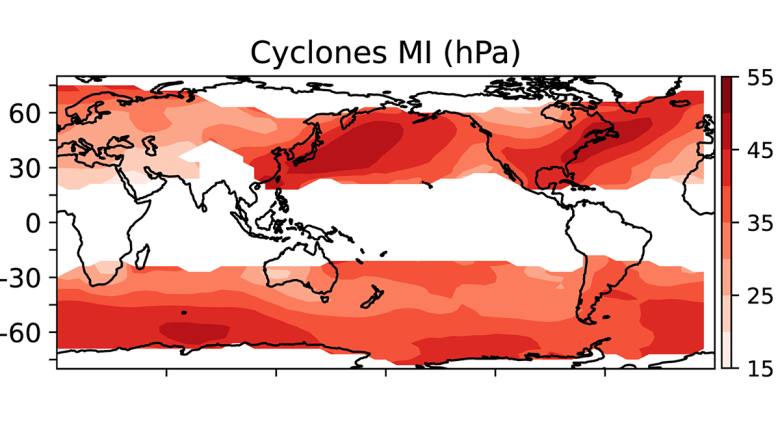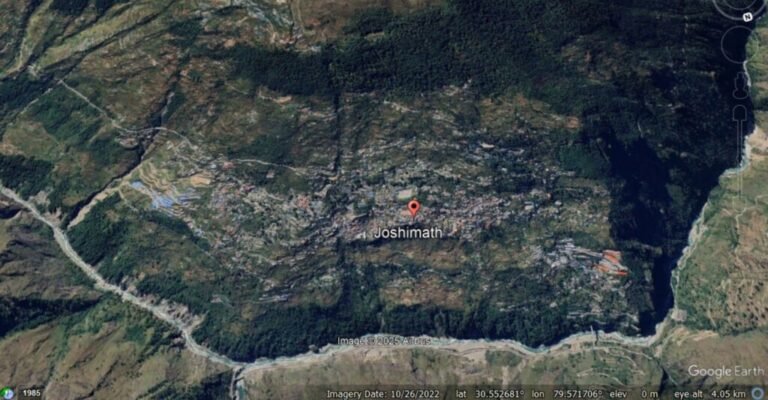

Editors’ Highlights are summaries of recent papers by AGU’s journal editors.
Source: AGU Advances
Baroclinic instability, which converts vertical wind shear into energy in storms, is the main driver of the growth of midlatitude storms. However, previous investigations of the relationship between baroclinicity and storm growth have been limited to case studies, idealized simulations, or region-specific analyses.
Hadas and Kaspi [2025] use 83 years of ERA-5 data to analyze the growth and tracks of midlatitude storms. The ERA-5 dataset provides a much wider dataset for analysis, including an estimated 100,000 cyclones and 50,000 anticyclones. The authors find that while storm intensity increases linearly with baroclinicity under mild conditions, under more extreme conditions the traditional linear relationship between baroclinicity and storm activity becomes nonlinear. They attribute this shift to a decrease in the storm growth time with baroclinicity. Based on a Lagrangian analysis, the authors then propose a nonlinear correction better accounting for the relationship of baroclinicity and storm activity under extreme conditions. Such a correction is found to be crucial for advancing our understanding of midlatitude climate.
Citation: Hadas, O., & Kaspi, Y. (2025). A lagrangian perspective on the growth of midlatitude storms. AGU Advances, 6, e2024AV001555. https://doi.org/10.1029/2024AV001555
—Alberto Montanari, Editor, AGU Advances
Text © 2025. The authors. CC BY-NC-ND 3.0
Except where otherwise noted, images are subject to copyright. Any reuse without express permission from the copyright owner is prohibited.






